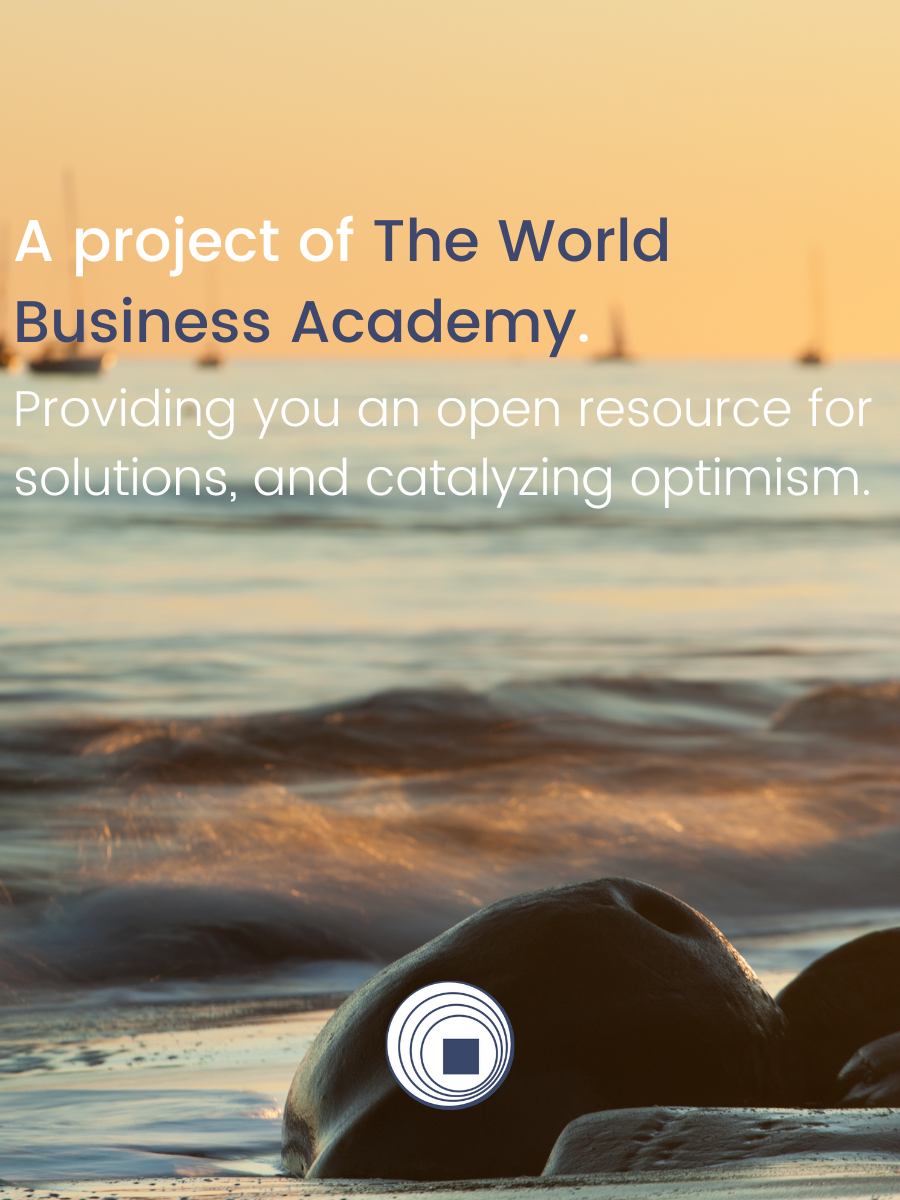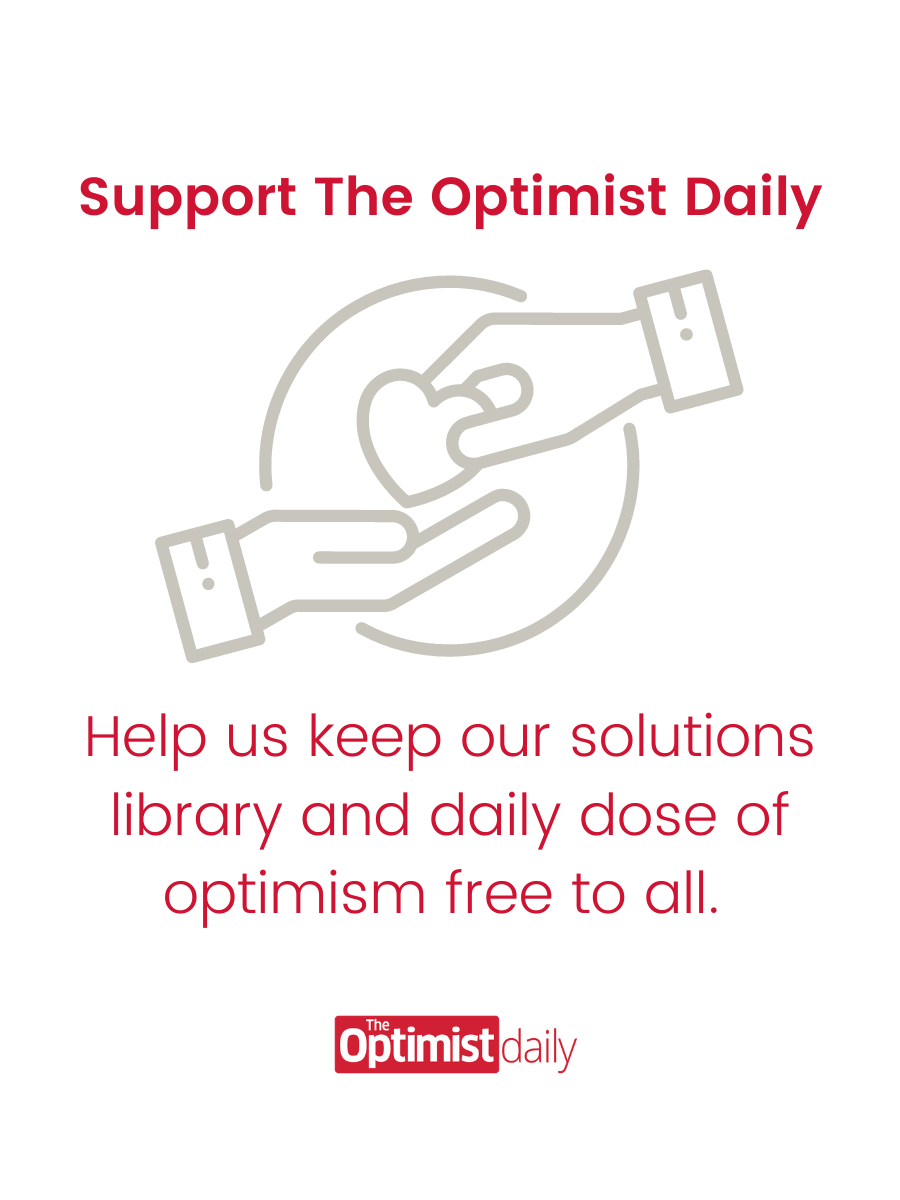Researchers at the University of California Los Angeles have identified 11 pesticides that more than double the risk of Parkinson’s disease—and at much lower concentrations than they are currently used. Furthermore, people with a common genetic variant are particularly susceptible to the harmful effects of these chemicals. This study, as alarming as it is, gives even more reason to buy organic fruits and vegetables, and should make you take a proactive stance against wide-spread pesticide use.
The Parkinson’s-promoting pesticides all impair the function of an enzyme called ALDH (aldehyde dehydrogenase), which normally acts to break down harmful chemicals that are especially toxic to the brain cells that produce dopamine—cells that are selectively killed in Parkinson’s.
People with a common form of the ALDH2 gene, which encodes this enzyme, are especially sensitive to the effects of these pesticides on the brain. The harmful compounds, including maneb, ziram, benomyl (which has already been linked to Parkinson’s), triflumizole, captan, folpet, and dieldrin, are widely used for pest control in food crops, parks, and inside buildings.
Even low levels of these pesticides increased Parkinson’s risk by 2- to 6-fold in a population of over 1,000 people in an agriculture-heavy region of California. These findings might help scientists identify new treatment targets for Parkinson’s disease, and should encourage us all to adopt practices that minimize our pesticide exposure.
Buying organic is not only a guarantee that you won’t be ingesting these pesticides, but a way of supporting farming methods that don’t use harmful chemicals. Though the use of these pesticides extends to public parks, you can contact your local parks director and tell them to stop spraying your park with these dangerous pesticides. Without proactively trying to curb pesticides, their use will continue. Make your opinion known and your voice heard that you don’t want to live in a cloud of chemicals.
(Source: Neurology, 2014; 82: 419.)
Photo: Flickr/ tjmartins












